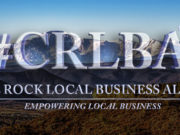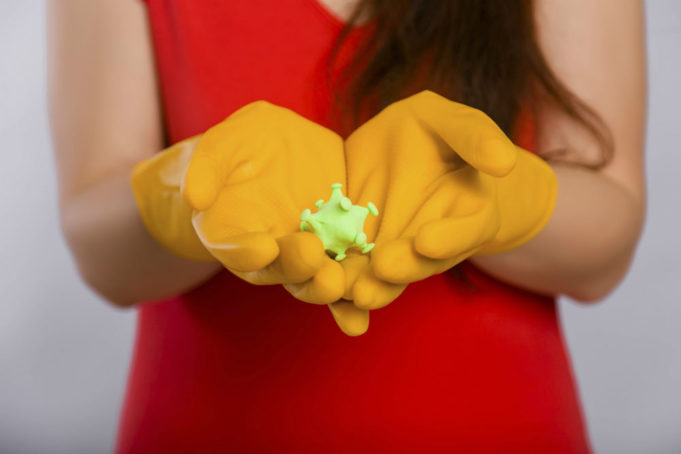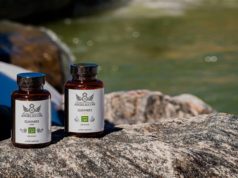As the coronavirus pandemic continues to run its course throughout the world, many of us have been thinking a lot about cleanliness and its importance. With unprecedented social distancing measures being taken and towns, cities, states and even entire countries being put on lockdown, the threat of the coronavirus has become clear. It’s also clear that there exist several verified methods of prevention that can significantly reduce its spread.
In addition to social distancing and hand-washing, another CDC-recommended method is to regularly clean and disinfect areas where the virus may be located. Since COVID-19 has been found to survive on surfaces like steel, plastic, and even clothing for extended periods of time, regular disinfection of these surfaces is imperative even with only a minimal threat of contamination.
For many of us stuck at home, whether under quarantine or by a shelter-in-place order, disinfecting was already included in our routine cleaning duties long before the COVID-19 outbreak started. Now that the spread of the virus has reached the level it has, it’s more crucial than ever that frequently touched surfaces such as countertops, light switches, door handles, faucets, and toilets be cleaned thoroughly and often.
For most of these surfaces, a simple solution of warm, soapy water can be used for initial cleaning. After that, disinfection should follow using products listed as being effective against viral pathogens. The EPA provides a list of these products, which include sodium hypochlorite (bleach), alcohol, hydrogen peroxide, and quaternary ammonium, which constitutes a variety of anti-microbial compounds contained in products such as disinfecting wipes, toilet bowl cleaner and all-purpose spray cleaners such as Lysol.
While simple cleaning and sanitizing with household products can help prevent viral spread and reduce chances of infection at home, essential businesses that are required to continue operating with no feasible social distancing protocols may require a higher level of disinfection that can only be performed by a professional biohazard cleanup service provider.
These service providers often utilize specialized equipment such as encapsulated hazmat suits, respirator masks and hospital-grade disinfectants to clean anything and everything that may have come into contact with an infected host. Many of them use proprietary products with multiple EPA-approved claims against viruses. Expert cleaning and disinfecting services are especially useful for large areas such as office spaces, schools, and nursing homes, where dozens or more rooms may need to be cleaned.
When a person is confirmed to be infected with COVID-19, a quarantine procedure is required. Whether this be in a medical facility or in the comfort of their home, isolating the patient as much as possible becomes the number one priority. In these instances, having a friend or family member assist with supplies and food can be of utmost benefit, as quarantine may last for several weeks. For these caretakers, a rigorous cleaning routine has now become more critical than ever before, as they are at an extremely high risk of contracting the virus by being in such close proximity to a confirmed host.
It is during this time that medical-grade safety equipment such as protective masks and gloves should not be gone without. Disposable latex gloves should be worn before each cleaning–ideally at all times when sharing space with a confirmed case–and disposed of afterward. An infected person should wear a facemask if there’s any possibility of coming within six feet of anyone else, to prevent contaminated droplets from escaping their mouth.
Apart from isolation procedures and surface cleaning, proper laundering of porous materials such as clothing, carpets, drapes, upholstery, and other fabrics is also recommended. Be sure to follow manufacturer’s instructions and use the warmest water setting possible. Once again, disposable gloves should be worn when handling potentially contaminated clothing. In any case where gloves are unavailable, proper hand-washing is an acceptable alternative.
In our efforts to maintain cleanliness and prevent the COVID-19 crisis from getting worse, it’s important to remember the difference between cleaning and disinfecting. The CDC website defines the terms as follows: cleaning refers to removal of dirt, germs and impurities, lowering their numbers and limiting their spread. Disinfecting refers to usage of chemicals to kill germs on surfaces after they’ve been cleaned. In order to successfully combat the coronavirus, both must be performed correctly and often.
There’s no longer any doubt about the dangers of COVID-19. The worst may be yet to come, but by adopting standard cleaning and disinfecting practices, there’s a good chance we can prevent unnecessary exposure to the virus and potentially save many lives.













